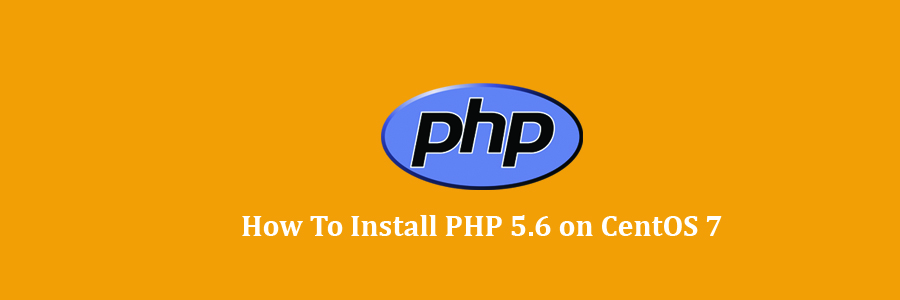PHP (recursive acronym for PHP: Hypertext Preprocessor) is an open source, popular general-purpose scripting language that is widely-used and best suited for developing websites and web-based applications. It is a server-side scripting language that can be embedded in HTML. By default Ubuntu 16.04 (Xenial) now comes with PHP 7.0. You can install PHP 5.6 in parallel and switch between them using the following instructions.
Table of Contents
Step 1. First let’s start by ensuring your system is up-to-date.
Step 2. Installing PHP 5.6 on CentOS 7.
Prerequisites
This article assumes you have at least basic knowledge of Linux, know how to use the shell, and most importantly, you host your site on your own VPS. The installation is quite simple and assumes you are running in the root account, if not you may need to add ‘sudo’ to the commands to get root privileges. I will show you through the step by step install PHP 5.6 on CentOS 7 server.
Install PHP 5.6 on CentOS 7
Step 1. First let’s start by ensuring your system is up-to-date.
yum clean all yum -y update
Step 2. Installing PHP 5.6 on CentOS 7.
First, you must add the Webtatic EL yum repository information corresponding to your CentOS version to yum:
rpm -Uvh https://dl.fedoraproject.org/pub/epel/epel-release-latest-7.noarch.rpm rpm -Uvh https://mirror.webtatic.com/yum/el7/webtatic-release.rpm
Now, install PHP 5.6using the apt command:
yum install php56w php56w-opcache
if you want to use php-fpm, then install:
yum install php56w-fpm php56w-opcache
Verify the PHP version using the following command:
php -V
Congratulation’s! You have successfully installed PHP on CentOS 7. Thanks for using this tutorial for installing PHP 5.6 on CentOS 7 systems. For additional help or useful information, we recommend you to check the official PHP web site.
